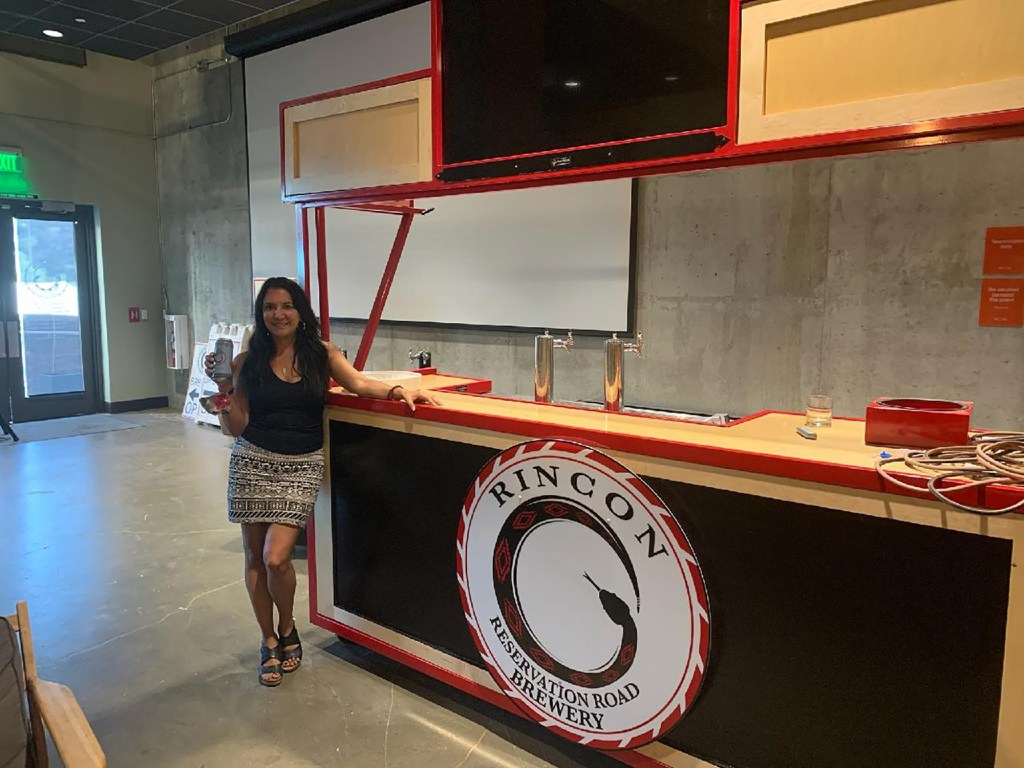Native American Heritage Month became federally recognized in 1990 and has profound significance. It provides an opportunity to educate the public about the diverse tribal nations, acknowledge historical and ongoing challenges faced by Native communities, and celebrate their accomplishments and enduring spirit. It is crucial that we recognize this month not only in San Diego but across the nation.
Celebrated annually in November, Native American Heritage Month sheds light on the true history of our land — one that is often overlooked or misrepresented in school curriculums and inaccurate lore that has been shared across generations.
The first “peoples” of the land have thrived here for over 23,000 years. With a once-thriving population of around 100 million, Native Americans’ survival today speaks to the resilience of our ancestors who endured unfathomable hardships. This month reminds us to celebrate their spirit, teachings and strength, and to reflect on their legacy to carry it forward in our lives and communities.
By celebrating this month, we create space for dialogue and education about Native American experiences, cultures and contributions. It’s an opportunity for all of us to confront historical injustices, acknowledge the past, and promote understanding and respect. It encourages a more inclusive remembrance of our shared history and the diverse cultures that enrich our society today.
There is no region more impacted by Native Americans than San Diego, as it is home to 18 federally recognized tribal reservations, including the Kumeyaay, Luiseño, Cahuilla and Cupeño tribal nations, with the Kumeyaay being the original inhabitants. The county contains the largest number of tribal governments and reservations in the United States, with many federally recognized tribes like the Barona, Campo and Pala Bands. Given this fact, we as San Diegans are poised to embrace this true heritage and all the prosperity that it has brought to our region and great nation.
It is nice to know the Department of the Interior is currently weaving together Native Americans’ past, present and future to focus on the failed policies of the past and to move into the present, as well as the work being done to address the intergenerational trauma Native people still face. In partnership with the National Endowment for the Humanities and the Smithsonian Institution, it is working to record the lasting impacts of that era and share that information with all Americans. But we all should do our part to understand what this all means and the significance of what this month represents.
Now is a great time to recognize the land you are on by learning and embracing the true history of our county and the nation. I urge everyone to participate in Native American cultural events, explore Native American cuisine, read Native American literature, celebrate Native American art, fashion and culture, and really engage with Native American communities.
It is my honor to be a registered tribal member of the Rincon Band of Luiseño/Payómkawichum Indians in Southern California. We cannot rewrite the past or undo the misrepresentation and erasure of these first peoples’ valuable contributions, but we can acknowledge, educate, share and embrace their history and legacy. Every culture leaves a mark and truly deserves to be celebrated. That is what makes America the true melting pot that it is today. Native Americans were the first to leave the footprint. I hope you will join me in honoring our first settlers that founded our great nation this month.
Thorn, a San Diego native, is an entrepreneur dedicated to the preservation of Native American heritage and culture, and lives in Valley Center.
